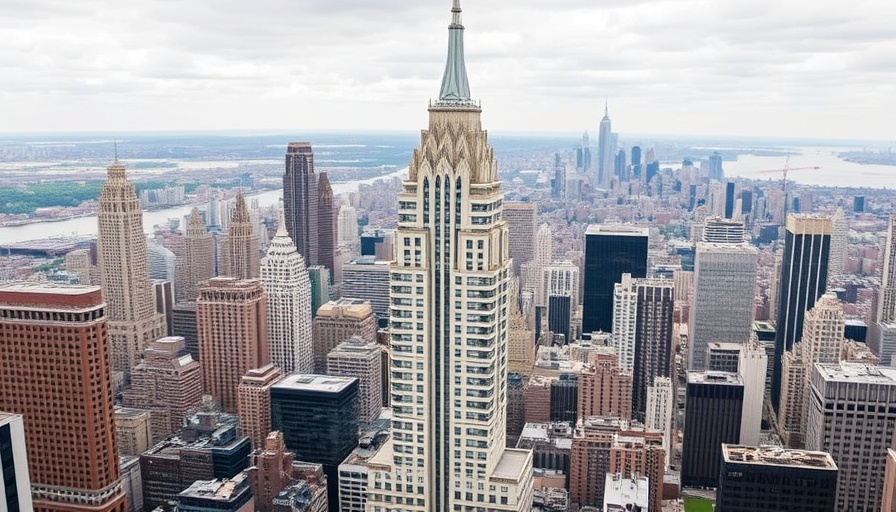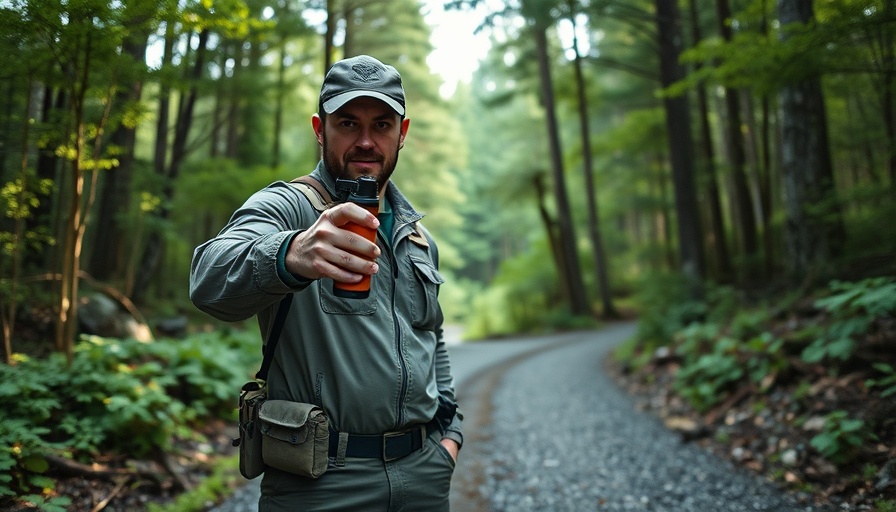
The Alarming State of Coral Reefs: A Global Crisis
Coral reefs, often referred to as the "rainforests of the sea," play a critical role in maintaining the health of our oceans by supporting diverse marine life, protecting coastlines, and fueling vital tourism industries. However, recent reports reveal that over 80% of the world's coral reefs are now affected by the worst bleaching event on record, marking an alarming trend in our oceans’ health.
Understanding Coral Bleaching and Its Effects
Coral bleaching occurs when corals expel the symbiotic algae that provide them with nutrients and color, a process triggered by increased sea temperatures. As these algae leave, reefs lose their vibrant colors, resulting in what scientists describe as an "ashen pallor". Marine biologist Joerg Wiedenmann describes the phenomenon as being exacerbated by both the intensity and duration of heat stress. Coral reefs are not only beautiful; they also provide habitats for countless marine species and protect coastal areas from storms and erosion.
Exploring the Recent Bleaching Events
Since 2023, mass bleaching has been documented across various regions, notably in the Florida Keys and Australia’s Great Barrier Reef. The severity of these events is unprecedented, with complete bleaching reported in areas that were once considered resilient. For instance, Florida’s coral reefs faced 100% bleaching in 2023, while Australia’s reefs experienced significant degradation just a year later.
Historical Perspectives on Bleaching Events
This current situation marks a severe escalation from previous years, where the highest recorded bleaching event was from 2014 to 2017 when around 70% of reefs faced bleaching-level heat. The events of 2023 signal a worrying trend that challenges previous benchmarks and could lead us into uncharted ecological territory.
The Impact on Biodiversity and Local Economies
The repercussions of coral bleaching are dire not only for marine biodiversity but also for local economies, particularly in coastal communities like San Diego. Here, coral reefs support various recreational activities, such as diving and fishing, which are vital economic drivers. A decline in reef health threatens these industries, making the urgency of addressing climate change even more pressing.
Hope and Resilience: The Future for Coral Reefs
Despite the grim outlook, there is a glimmer of hope. Coral ecosystems have a history of resilience; the very ancestors of today's corals survived the cataclysmic events that wiped out the dinosaurs. Marine scientists urge that robust global efforts to mitigate climate change—by reducing greenhouse gas emissions—could help foster recovery for these vital ecosystems. Wiedenmann reassures that with decreased ocean warming, there’s always a chance for coral recovery.
What San Diegans Can Do to Help
As residents of a coastal city, San Diegans are uniquely positioned to advocate for and support local conservation initiatives. Participating in beach clean-ups, reducing carbon footprints, and supporting policies aimed at climate change mitigation can significantly contribute to the larger battle against coral reef degradation. By taking action within our community, we can play a part in protecting our oceans for future generations.
Conclusion: Taking Action for Our Oceans
With the alarming news of coral bleaching affecting over 80% of the world's reefs, the calls for action have never been more urgent. From local initiatives to global policy changes, every effort counts in the fight to preserve our oceans' health. San Diegans, as stewards of your environment, it’s essential to engage in conservation efforts that can help catalyze positive change. Let’s join in protecting our beautiful coastal ecosystems and ensure that future generations can enjoy the vibrant life beneath the waves.
 Add Row
Add Row  Add
Add 




 Add Row
Add Row  Add
Add 

Write A Comment